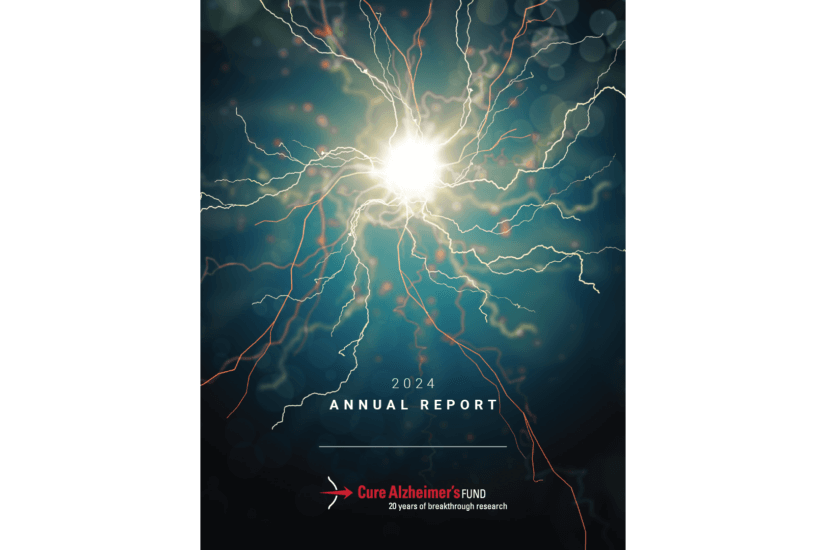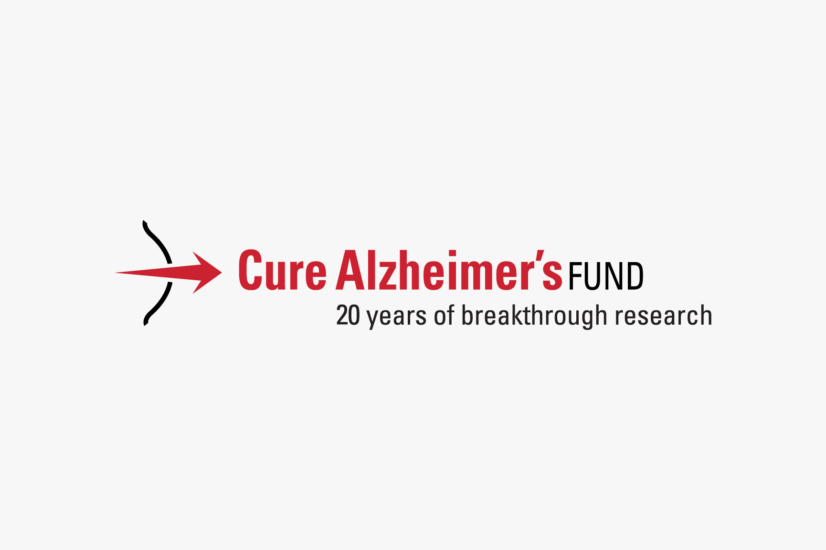The news media has been reporting dramatic drops in endowments and in funding for non-profits. How is Cure Alzheimer’s Fund doing?
Cure Alzheimer’s Fund has no endowment and we keep what funds are left after distribution to research and expenses in money market funds so we can have ready access to money to fund research. Therefore, we are not as exposed to quick changes in the market as many other non-profits are. We have not experienced the losses that so many non-profits are facing right now.
Our mission is to find a cure as quickly as possible, so we invest the donations we receive as rapidly as possible in the research most likely to lead to a cure (as outlined by our research road map). We do hold some money in reserve for “wild-card,” potentially paradigm-changing discoveries and for unforeseen opportunities to expand our outreach and funding base.
That being said, we are experiencing, as many other non-profits are, a drop in our annual fund-raising—a longer-term downturn in the economy will affect us because it affects our donors. It’s a little too early to tell exactly what the overall picture will be, but we have seen for the period of November 2008 through March 2009 a decrease of about 24% in contributions from the same period last year.
I hasten to add, however, this drop is not significant enough to change our research agenda.
Will you be more conservative with your research funding this year?
In 2009 we will be funding approximately $3 million in research (in 2007 we funded $2.4 million in research and we funded $2.3 million in 2008).We have one objective: to find a cure as soon as we can, and I don’t believe that allows us to be conservative in our funding—frugal, thorough and meticulous, but not conservative.
We were founded by individuals who felt frustrated with the pace of Alzheimer’s research. Our challenge is to move progress forward faster and to do it with relatively short money. We are thrilled that so far we’ve been successful. We often give the baseball analogy that we are trying to find the best players in the game and put the bat in their hands so they can hit a home run. We gave Rudy Tanzi and his colleagues roughly $3 million and about three years for the first phase of the Alzheimer’s Genome Project™, and they definitely have hit a home run by identifying more than 70 genes that play a part in the disease. That number will probably sift down to a dozen or so “all stars,” but this is the kind of progress we need to keep funding.
Our next step in this project is to find the “best players” who know and understand the genes Rudy and his team have identified and make sure they have a bat.
Are there other changes you’ll be making this year as a result of the economy?
Yes, we will be increasing our spending on our marketing and outreach. Cure Alzheimer’s Fund is unique because all our overhead expenses are paid for by our founders, so we will not be spending donors’ dollars on these initiatives, but we will be investing more in outreach to sustain and grow our donor base beyond the roughly 2,000 families who have so generously supported Cure Alzheimer’s Fund research initiatives during these early years.







